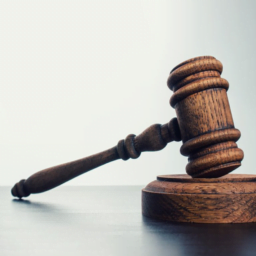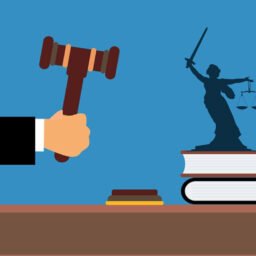
Article 124 to 147 in Part[1] V of the Indian constitution talks about the powers and independence of the Supreme Court. The Collegium system is a system in which appointments, transfers, or elevation of judges and advocates are decided by a group comprising of CJI and the four senior-most judges of the Supreme Court. The constitution does not talk about the collegium system and not has been there any mention of it in the successive amendments. It has been observed that the recommendations sent by the collegium to the central government may be binding for the appointments of judges or advocates. Similarly, the government also sends names to the collegium for appointments. The system of the collegiums was born through the famous ‘three judges’ case’[2] in 1998. In 1998, Justice SP Bharucha heading the nine-judge bench concluded by saying that the ‘concept of primacy’[3] is higher of the judiciary over the executive. There have been a lot of debates over this but we are not required to delve into it. There have been many arguments against the collegium system like (i) Even though India is a democracy, the judges appoint the judges here (ii) If the makers of the constitution had liked this way of appointment of judges, they would have mentioned it in the original constitution itself.
There have been various instances in India’s history where the political parties have tried to create an influence in the judiciary. I would like a mention a few scenarios about how it happened and what role did the collegium system play in protecting itself. It is important to understand the collegium should have primacy in the appointment of judges. Around 1958, the 14th Law Commission of India prepared by the then-attorney general M.C. Steveland, stated about how the collegium has been worrying about judicial appointments in India and how there could be possible political influences. It was observed that increasingly judicial appointments were a result of the executive’s influence over the judiciary which could compromise the quality and independence of the judges.
At the time of the emergence of the Janta Party, Justice HR Khanna in the Habeas Corpus case had prepared the 80th Law Commission Report in which he mentioned that political interference in the appointment of judges is dangerous for the independence of the judiciary. He stated that consultation between senior judges must be held so that the arbitrariness of Chief Justice’s opinion can be avoided which ultimately gave birth to the idea of the collegium.[4]
The collegium from time to time has taken measures to make sure that it is not influenced by the executives but many times the collegium failed to do so. In 1981, the law minister along with the consultation of the CJI had circulated a forum that mentioned that 1/3 of the bench of the High court must comprise of judges from outside the state. This was observed by many stating that the executive is misusing its power to delay the appointment of judges. Then, this circular was challenged in the apex court in the case of ‘SP Gupta vs Union of India’[5]. The court upheld it constitutional which in a way made sure that the executives were allowing politically motivated appointments. There have been numerous instances when the miserable state of the higher judiciary was observed, like judges across the country were embarrassed about their delays in appointments due to political influences. By 1991, there had been serious problems in the administration of the judicial system as it failed to fill the increasing vacancies across the courts of India and all due to handpicking of judges by the executives. In the ‘2nd case judges’ case of ‘Supreme Court Advocates-on Record Association vs Union of India’[6] it was clarified out that consultative process can remain between the constitutional organs but in case of a deadlock, the collegium can take the primacy.
Another aspect which could be looked upon is ‘separation of powers. This principle helps the collegium system to protect itself from political influences. The constitution has not explicitly mentioned these terms but schematically it has created different branches. In the case of ‘Ram Jawaya vs. The state of Punjab,’[7] the court explained this concept very clearly. It was observed that the constitution did not support the idea that one branch of the government could take over the other branch and its independence.
“The desperation to gain control of the judiciary is clear through the vicious arguments in the court and the subsequent reaction by ministers of the Government. Could the government not through mutual consultation find a more transparent system? Is the concern to dominate the judiciary or to improve the workings of the system?”[8] This is something that is the hot topic of debate at every academician’s desk which I feel might resolve over time and better implementations from the executives as well as the judiciary.
Author(s) Name: Ayush Shukla (Jindal Global Law School, Sonipat)
[1] Part V of the Indian Constitution
[2] Hemant Singh, ‘What is the Collegium System and how it works?’
[3] Pushpa Rani, ‘Judicial Independence, Appointments and the Collegium’ Indian Journal of Applied Research
[4] Simran, ‘Legislature v Judiciary’ PRS Blogs
[5] AIR 1982 SC 149
[6] AIR 1994 SC 268
[7] AIR 1955 SC 549, 1955 2 SCR 225
[8] Abhik Chimni, ‘The judiciary saves itself from the political control’















